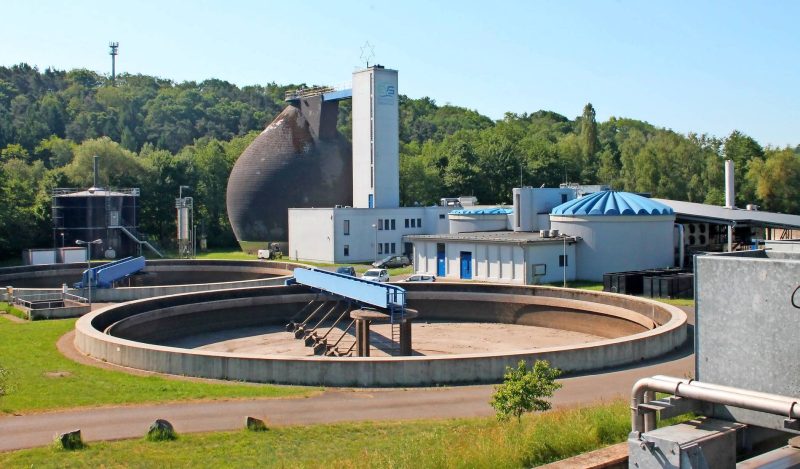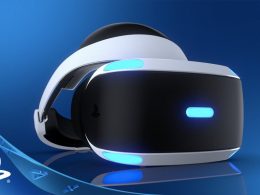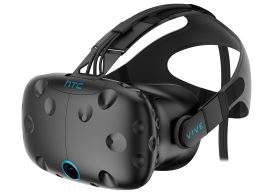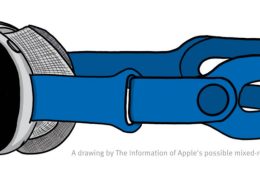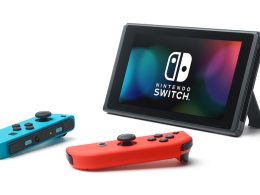The August-Wilhelm Scheer Institute and Entsorgungsverband Saar (EVS) are currently working on a new technological solution for faster and more economical inspections of wastewater treatment plants. A digital image of the plant and virtual reality are being used.
Experiencing a wastewater treatment plant up close may not be the dream experience par excellence, but the pilot project of the August-Wilhelm Scheer Institute and the Entsorgungsverband Saar (EVS) is certainly very exciting.
The solution enables the previously time-consuming maintenance and inspections to be carried out cost-effectively, quickly and in a CO2-reducing manner. The pilot project at an EVS plant for the recycling of sewage sludge shows the promising potential of virtual inspections, say those responsible.
Making control processes simpler and more efficient with VR
Saarland's wastewater disposal and treatment infrastructure consists of around 140 wastewater treatment plants. Currently, plant employees often spend hours travelling to inspect the sewers, pumping stations, rainwater treatment plants, etc. Inspection is made easier with the help of a digital image of the real plant - the digital twin. Sensors and cameras in the system transmit information online to the digital image via a cloud. The operating status of the system can thus be monitored at any time and from any location and maintenance requirements can be determined.
In the pilot project, a 360° camera from the August-Wilhelm Scheer Institute has been installed for this purpose in a sewage sludge mineralisation plant at the EVS wastewater treatment plant in Homburg. A link with the plant's operating data will enable simple and convenient status display and assessment in future. As soon as information about the plant is requested by an EVS employee, the camera sends a high-resolution video stream of the real plant.
Digital twin brings enormous benefits for companies
Using virtual reality glasses, the employee can view a 360° live image of the system and its operating data as well as other information such as master data, technical drawings or operating and maintenance instructions.
"With the VR glasses, you have the feeling of being directly on site. To assess the condition of the machine, you don't have to travel to the different plants, which are often very far apart," says EVS Managing Director Georg Jungmann "This is not only economically favourable and saves an enormous amount of time, but it also reduces CO2," concludes EVS Managing Director Michael Philippi.
Until now, the concept of the digital twin was primarily of interest to large companies. This lighthouse project shows the potential that a digital twin can also have for small and medium-sized companies.
Another amazing example of where VR can generate real added value.
Source: gfa-new / EVS





